 Dr. Laura Markham
Dr. Laura Markham
Founder of AhaParenting.com | Author
“My 7 year old daughter has started wanting to make other people (mainly her brother) hurt when she is emotionally hurt. So something happens that hurts her feelings and immediately she wants to lash out and try to make others feel like she does. She steps on a toy, her foot really hurts, she’s crying and it was my fault or her brother’s fault.”
Lashing out when we’re upset and blaming others for our distress are completely normal human reactions. Most of us gain the ability to refrain from these almost automatic reactions as we get older, but we all know adults who seem to go through their lives with a “chip on their shoulder” blaming others, and reacting angrily to real or imagined slights.
What’s this all about, and how can we help our children (and ourselves) grow out of it?
All mammals, when they’re in distress, go into fight, flight or freeze. So when your child steps on a toy and it hurts, she’s plunged into distress, and she goes into “fight.” She lashes out at whoever is closest, or even throws the toy. Or, something happens that hurts her feelings. Again, she’s in distress, so she goes into “fight.” She lashes out.
It isn’t because she wants to make others feel as bad she does. At that moment, she isn’t even considering others. In fact, when she’s in “fight, flight or freeze” she can’t think straight or access her empathy. She’s lashing out because she can’t bear her own feelings of hurt, fear and sadness. To fend them off, she gets angry. It’s an instant, automatic, response. The best defense for her at the moment seems like a good offense.
It’s easy to see how universal this is if we look at our own tendency to lash out when we feel fear, disappointment or sadness:
- We almost run a red light, and yell at our kids for distracting us.
- We get a parking ticket and blame it on our partner for taking so long in the store.
- Someone we love dies, and we get angry at the doctor.
Our blaming others when we’re upset isn’t so different from our child blaming her brother when she’s upset. Hopefully, we’re able to bite our tongue so we don’t go on the attack. We let ourselves feel the distress, but resist the urge to act on it. That allows those emotions to move through us and dissipate. Once we’re calm, we often see that our response wasn’t fair.
So how can you help your child in these situations?
1. Stay calm. She feels like it’s an emergency. Your calm attitude communicates that there’s no emergency, and she doesn’t need to be in “fight” mode.
2. Empathize. Whether it’s her foot or her heart, she hurts. Acknowledging that will help her feel understood, less alone – and less like it’s an emergency. Bypass her anger and respond to the hurt or fear that’s driving the anger, which helps her understand her own emotions better: “Sweetie, that must hurt! Ouch!”
3. Don’t attack back. Your child is attacking to avoid her own pain. If she can pick a fight, it’s a way of dumping the pain elsewhere so she doesn’t have to feel it. Don’t take the bait. Instead, when she says “It’s your fault!” you can respond “You are pretty upset…That must really hurt.”
If she’s attacking her sibling, you can say “Right now it seems like everyone else’s fault, doesn’t it? Your foot must really hurt. What can we do to help your poor foot?”
4. Model taking responsibility. Your goal in this situation is to help your child assume her share of responsibility for stepping on the toy, instead of blaming someone else. So model taking responsibility in whatever small amount you can. When she “blames” by saying “It’s all your fault!” you might respond “You wish that toy hadn’t been there. Me too! That really hurt your poor foot. I so wish I could have seen this coming and gotten that toy out of there. I’m so sorry you got hurt.”
You aren’t blaming yourself. You’re helping her to not blame herself, or anyone else. The healing process in children seems to be facilitated when we step into the story and model taking responsibility, which is the opposite of victimization.
5. Teach repair. Later, when she’s no longer hurting, you can say to your child, “That really hurt your foot…you were pretty upset…When you told your brother it was all his fault, I think that hurt his feelings…I know it’s his toy, but he loves you and would never want to hurt you….I wonder how you can make things better with your brother?”
This post was originally posted at AhaParenting.com on 4/6/16
About Dr. Laura Markham
 Dr. Laura Markham is the founder of AhaParenting.com and author of Peaceful Parent, Happy Kids: How To Stop Yelling and Start Connecting and Peaceful Parent, Happy Siblings: How to Stop the Fighting and Raise Friends for Life. Dr. Laura says that earning her PhD in clinical psychology at Columbia University was just the beginning of her education as a psychologist. Becoming a mother convinced her that parents are doing the hardest job in the world, and need more support. She says her aspiration is to change the world, one child at a time — by supporting parents.
Dr. Laura Markham is the founder of AhaParenting.com and author of Peaceful Parent, Happy Kids: How To Stop Yelling and Start Connecting and Peaceful Parent, Happy Siblings: How to Stop the Fighting and Raise Friends for Life. Dr. Laura says that earning her PhD in clinical psychology at Columbia University was just the beginning of her education as a psychologist. Becoming a mother convinced her that parents are doing the hardest job in the world, and need more support. She says her aspiration is to change the world, one child at a time — by supporting parents.
View all posts by Dr. Laura Markham here.

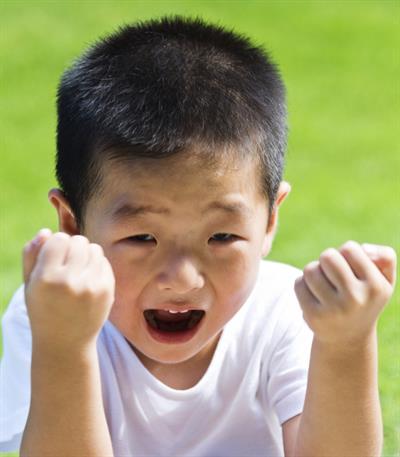
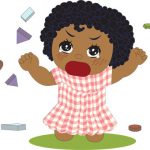
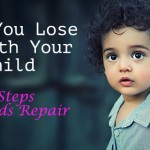
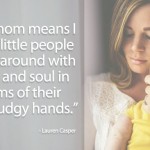
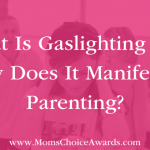
4 Comments on “Why Kids Blame and Lash Out (and How To Help Them)”
This is a wonderful post thanks for writing it ,i will be forwarding this informative material to my daughter i think it would help her.
Thanks Kathy!
I am a very stressed mom of 3 and find myself yelling way more than I want. Thanks this article was very informative and will plan to try to use these strategies.
Glad you found this useful, Natalie. Hope these strategies help!